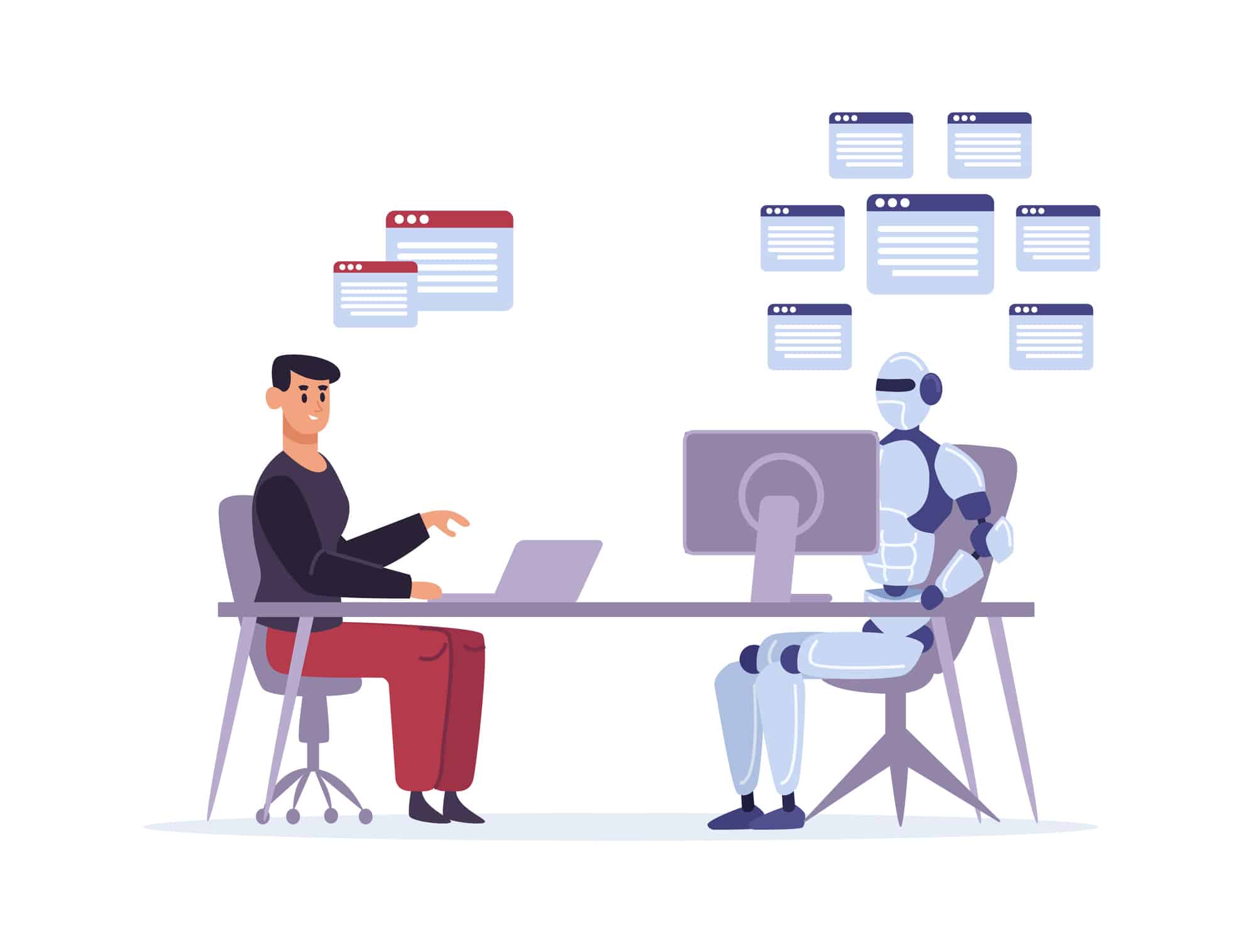How to identify tasks that can be automated
Automated tasks can be described as a task that does not require interpersonal skills. Mundane, repetitive tasks are time-consuming, subject to error, and can accumulate, adding to existing work loads. A professional web development company can help automate tasks, therefore increasing the value of your workplace.
What are automated tasks?
Manual jobs become obsolete with the use of software turning a task automated. The purpose is to increase time efficiency and relieve employees so they can focus on other work assignments that may require more human interaction. The decision to automate a task is dependent on the nature of the job. For example, if you need to fire someone, you do not get a computer to relay the message; this requires interpersonal skills.
What are the benefits of automated tasks?
Increase time efficiency– time and valued work produced can increase significantly. Automated tasks can work around the clock, improving work efficiency, and automatic updates can take place.
Reduce human error– Mistakes can be made for many different reasons. Automating tasks dramatically reduces errors and improves the overall process.
Go paperless– save money on printing supplies, protect the environment, save time looking for documents, and reduce physical storage.
Projections– automated tasks can accurately determine data to contribute to your companies needs.
How to identify tasks that can be automated
There are three main categories to identify: repetitive, mental or physical, and interactive.
Repetitive tasks – Step one is to acknowledge the redundant or variable functions that typically use a daily hands-on approach. These repetitive tasks may include but are not limited to reporting, or data entry, bill payments, email responses, the organization of meetings, or notifications alerts for the staff. Once you gauge a sense of which tasks have automated potential, determine if any of the functions require interpersonal skills/ connections.
Eliminating repetitive tasks in a daily process allows time to focus on other work assignments that may require additional attention to detail. Depending on the type of work, variable tasks are subject to change. They require decision-making or the ability to adapt quickly to a new process. For example, an insurance broker must adapt to each client’s individual needs and curate a policy; this would be considered a variable process. Making a policy change, renewal, or update can be a repetitive task as it does not require manual action.
Mental or physical labor – physical labor is a bit more challenging to automate. However, innovative technology (AI robotics) can contribute to automating a physical task. For the most part, physical labor does not require structured data to execute efficient work. For example, think of the world of trade. A plumber or electrician does not use structured computer data to complete their task successfully. Mental job positions, simply put, requires cognitive function. It is dependent on the nature of the work. For example, psychiatrists need human presence and emotion, but their filing system can be automated. Therefore, the second step in determining whether a task should be automated requires accurate analysis and deciphering if a job requires a hands-on approach or an emotional approach. Perhaps some tasks can be automated while others are left to human talents, that is left for you to decide.
Interactive – lastly, does the task require collaboration from a team, or can the job be completed independently? Team collaborations can not be automated as this form of work typically requires generating ideas, innovative strategies, or solving problematic issues.
Another great way is to ask your employees which tasks they find repetitive or which tasks take up time. Your employees have first-hand experience in what they do daily; it is a great place to start. There are many ways to identify tasks that can be automated. However, this gives you the foundation and general key points to look for. When in doubt, ask the web development professionals at Priority Networks.




